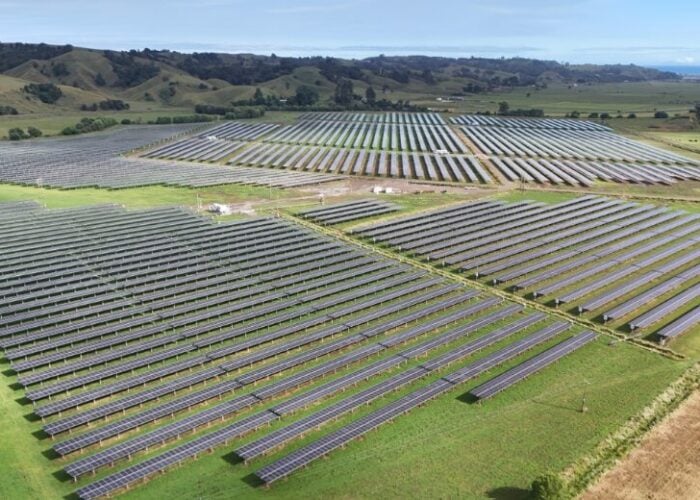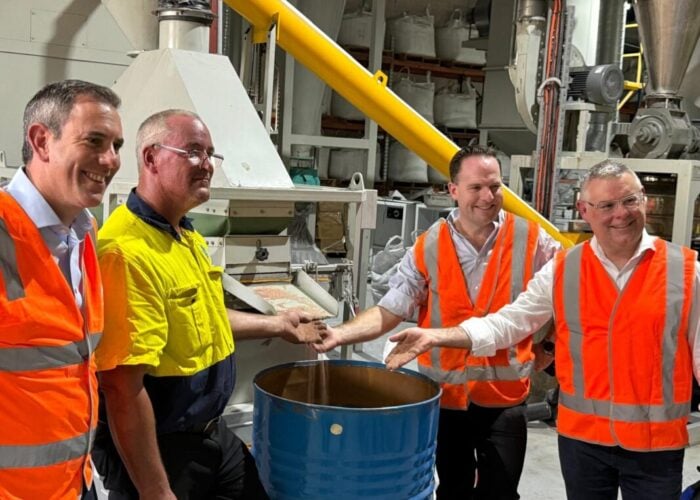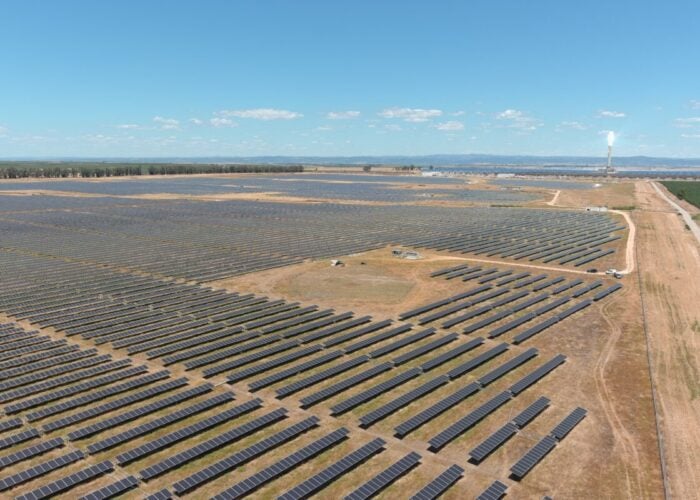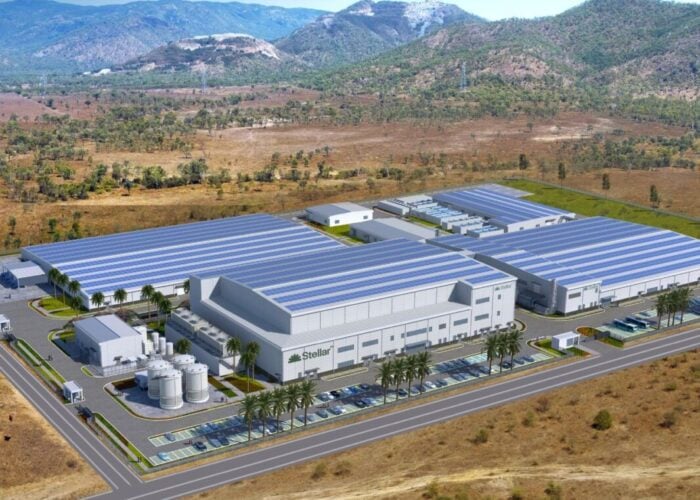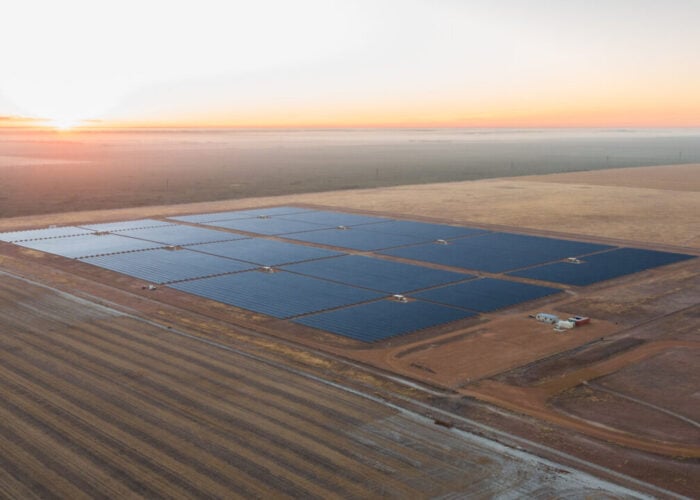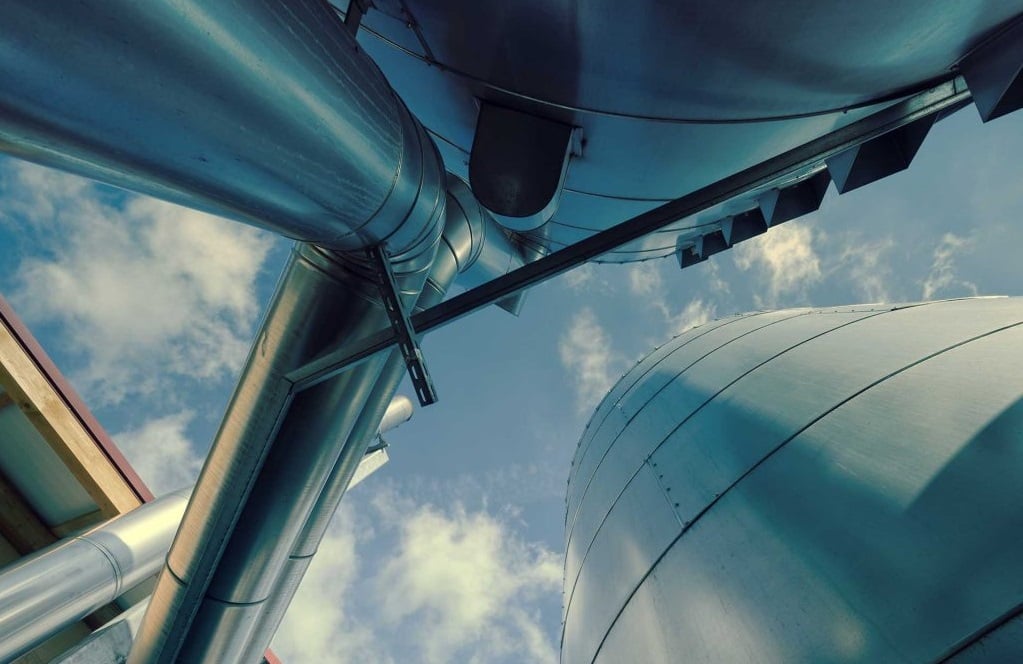
The Australian Renewable Energy Agency (ARENA) will broaden its mandate to explore the development of energy storage and hydrogen after securing fresh funding.
Australia’s government has committed AU$1.62 billion (US$1.36 billion) towards the agency as part of a AU$1.9 billion package in support of low emission technologies over the next decade.
Try Premium for just $1
- Full premium access for the first month at only $1
- Converts to an annual rate after 30 days unless cancelled
- Cancel anytime during the trial period
Premium Benefits
- Expert industry analysis and interviews
- Digital access to PV Tech Power journal
- Exclusive event discounts
Or get the full Premium subscription right away
Or continue reading this article for free
The increased funding will be a key pillar of the low emissions technology statement (LETS) that was announced by energy minister Angus Taylor last month and includes an AU$18 billion spend by 2030 in five areas: hydrogen, energy storage, low emissions steel and aluminium, soil carbon, and carbon capture and storage.
“The government recognises the strong growth in emerging energy technologies that will play a role in Australia’s energy mix into the future. We need to get the balance right and our investment to re-energise ARENA will deliver that,” Taylor said.
Critics of the statement raised concerns that the government missed an opportunity to prioritise solar and wind production, while others warned the focus on hydrogen may favour fossil fuels rather than renewable production.
“While wind and solar are now proven technologies and attracting enormous investor support, they are also the technologies that can have the greatest impact in decarbonising Australia's energy system and economy,” Kane Thornton, Clean Energy Council chief executive, said previously. “It is therefore surprising and disappointing that the roadmap fails to address the range of barriers to their accelerated deployment.”
ARENA’s new financing includes AU$1.43 billion over ten years as well as AU$193 million in grants for targeted programmes. The agency, which was founded in 2012 and is responsible for providing financial assistance for the research and deployment of renewable energies, has supported 543 projects in areas such as large-scale solar, grid-scale batteries, pumped hydro and distributed energy.
While broadening ARENA’s mandate will require legislative change, its CEO Darren Miller said there are several emerging and enabling technologies outlined in the LETS where ARENA can hit the ground running.
“Technology and innovation are critical to the energy transition and to Australia’s efforts to reduce emissions and create new economic opportunities,” Miller said. “ARENA has played a key role in reducing the cost and increasing the supply of renewable energy for the past eight years. We look forward to continuing this important work with the next generation of energy technologies.”
The plans for ARENA were reiterated in Australia’s federal budget that was released this week and included a AU$70.2 million spend over five years on a hydrogen export hub, AU$50 million on carbon capture projects as well as AU$52.8 million allocated to accelerating gas projects.
CEO of the Australian Conservation Foundation, Kelly O’Shanassy, welcomed the ongoing ARENA funding but said the gas industry and mining companies were clear winners from this year’s budget.


